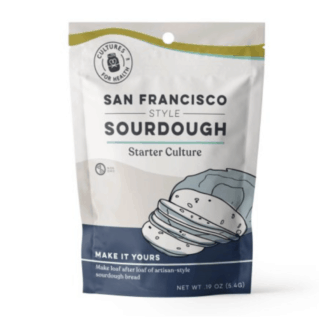DIY Oatmeal Easy Soap Recipe: Gentle, Nourishing, and Surprisingly Simple

Alright, if you’re into old-fashioned craftsmanship with a modern homesteader twist, pull up a stool. Today we’re diving into a classic: DIY oatmeal soap. Oatmeal soap is a recipe with no-fuss, no mysterious ingredients, and it actually works. It’s one of those things that makes you feel like you’re winning at self-sufficiency.
Let’s get real for a second. Most commercial soaps are loaded with synthetic detergents, weird preservatives, and fragrances that smell like a chemical spill at a cotton candy factory. Not here. This is the kind of bar your great-grandma might have made, only easier because we’re using the melt and pour method.
And if you’ve got kids, goats, or just rough hands from digging in the dirt or wrestling hay bales, this soap is going to be your best friend. Oatmeal soothes. It softens. It doesn’t leave your skin feeling like a dried-out cast iron skillet.
Let’s get into it.
Why Oatmeal?
Before we get to the part where things melt, let’s talk about why oatmeal deserves a spot in your DIY soap. Oatmeal is naturally soothing for irritated skin. It’s packed with anti-inflammatory compounds and works wonders for dryness, eczema, bug bites, and just plain tired skin. Plus, it gives your soap a gentle exfoliating texture that makes your skin feel smooth without being harsh.
And if you’re already keeping oats in your pantry (for cookies or goat feed, we don’t judge), you’ve got half of this project handled already.
Ingredients You’ll Need
This is a melt and pour recipe, which means we’re not dealing with lye. You can absolutely take that route if you’re into it, but today we’re keeping things beginner-friendly.
Ingredients:
- 1 pound of melt and pour soap base (goat milk, shea butter, or glycerin are all great)
- 1/2 cup old-fashioned rolled oats (grind them up a little if you want a finer texture)
- 1 tablespoon raw honey (optional but highly recommended)
- 10–15 drops essential oil (lavender, vanilla, or cedarwood are excellent choices)
- Silicone soap molds (or a loaf pan lined with parchment paper)
- A microwave-safe bowl or double boiler
- Wooden spoon or heatproof spatula
Step-by-Step Instructions
1. Prep Your Workspace
This isn’t a messy project, but you’ll want everything laid out before you start. Once that soap starts to melt, you don’t want to be scrambling for your oats.
2. Chop and Melt the Soap Base
Cut your soap base into 1-inch cubes for quicker melting. If you’re using a microwave, heat it in 30-second intervals, stirring in between, until it’s fully melted. If you prefer a more controlled melt, go with a double boiler.
Tip: Don’t overheat your soap base or it can get weirdly rubbery.
3. Add the Good Stuff
Once your soap is melted, stir in the oats, honey, and essential oils. Work quickly but thoroughly so the oats get evenly dispersed.
If you want some oats visible on the top of the soap, sprinkle a few into the mold before pouring.
4. Pour and Set
Pour the mixture into your molds. Tap them gently on the counter to get rid of air bubbles. Let the soap cool and harden for at least 2 hours. If you’re impatient (like I often am), you can stick the molds in the fridge to speed things up.
5. Pop Them Out and Cure
Once solid, pop your bars out of the mold. While melt and pour soap doesn’t need a traditional curing time like cold process soap, it still benefits from sitting out a day or two to fully harden and dry out. Just keep them in a cool, dry spot.
Variations to Try
Once you’ve nailed the basic recipe, start riffing. This is the fun part. Try these tweaks:
- Coffee + Oatmeal: Add a teaspoon of finely ground coffee for extra exfoliation.
- Chamomile + Oatmeal: Steep chamomile tea and use it in place of water in a more advanced cold process version.
- Cinnamon Spice Oatmeal: Mix in a pinch of ground cinnamon for scent and color.
- Coconut Milk Oatmeal Bars: Use a coconut milk soap base and top with shredded coconut for a tropical vibe.
Storing and Gifting
These bars store beautifully in a dry cabinet or drawer for several months. If you’re feeling generous, wrap them up in wax paper, tie with twine, and boom, you’ve got a farm-chic holiday or birthday gift that actually smells good and isn’t made of plastic.
Final Thoughts
This oatmeal soap recipe checks all the boxes. It’s easy, customizable, and practical. You don’t need fancy tools, and the results are impressive. There’s something grounding about using soap you made yourself. It reminds you that self-reliance isn’t just about giant projects like building greenhouses or raising meat chickens. Sometimes, it’s as simple as choosing what goes on your skin.
Make a batch. Share some. Keep a few for those muddy days in the garden. Your skin—and your homestead—will thank you.

Leave a Reply